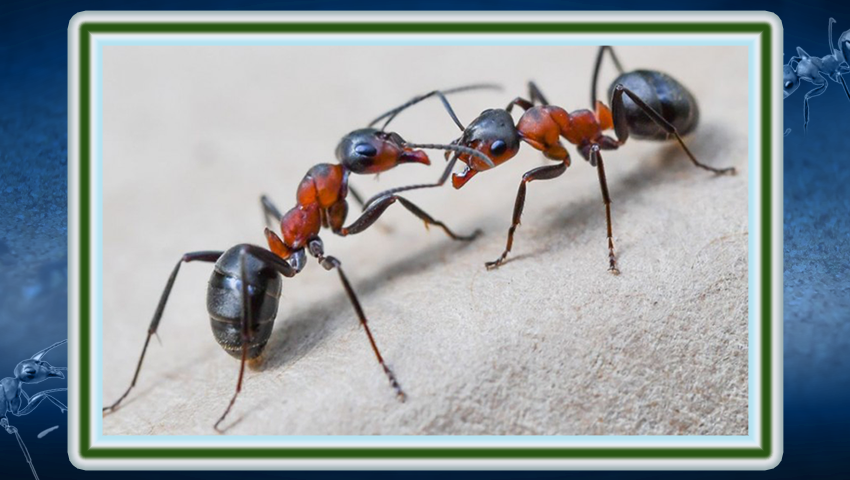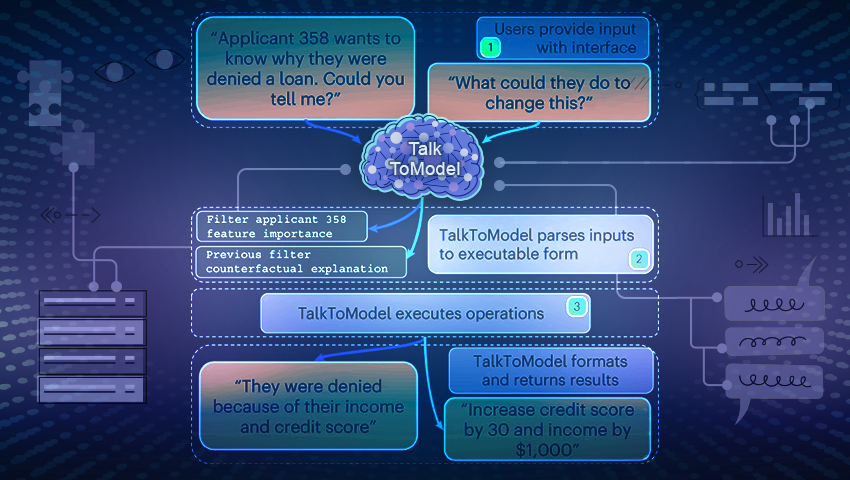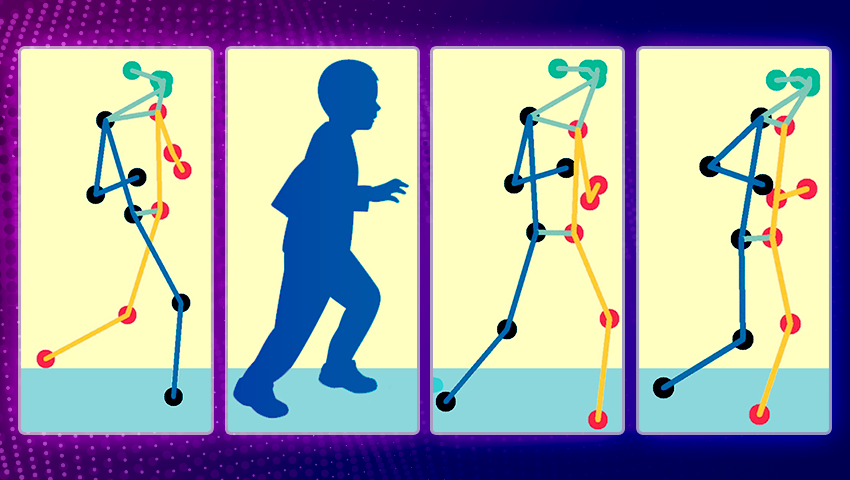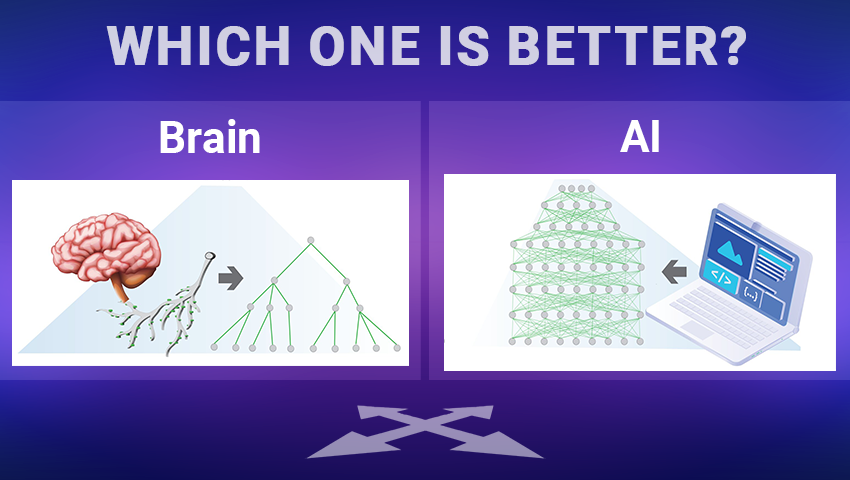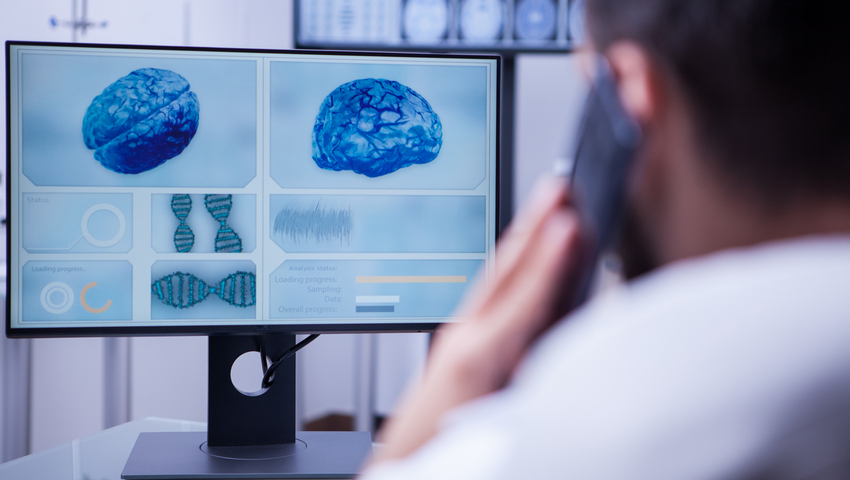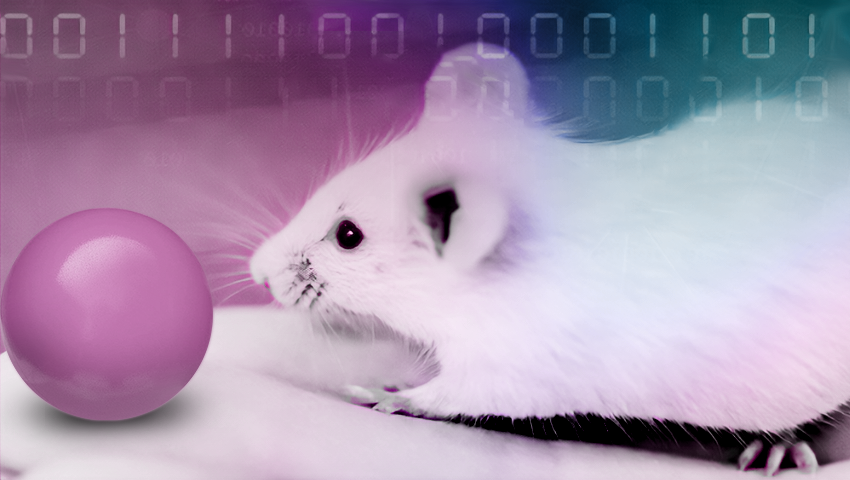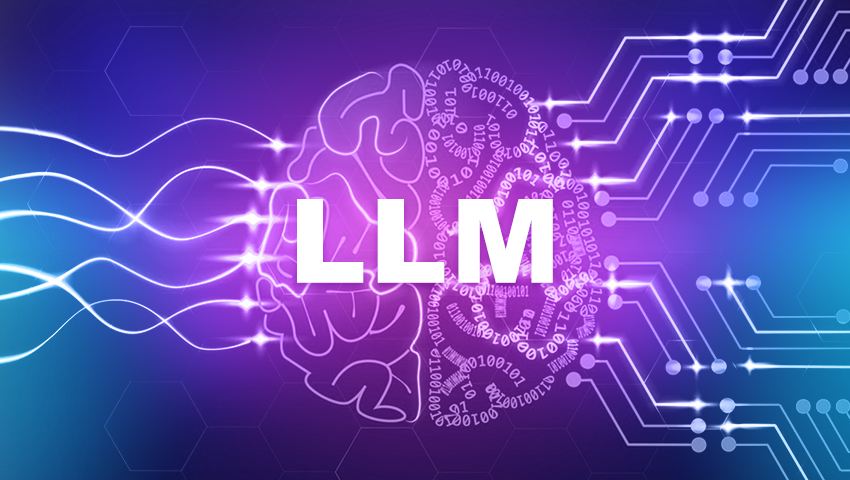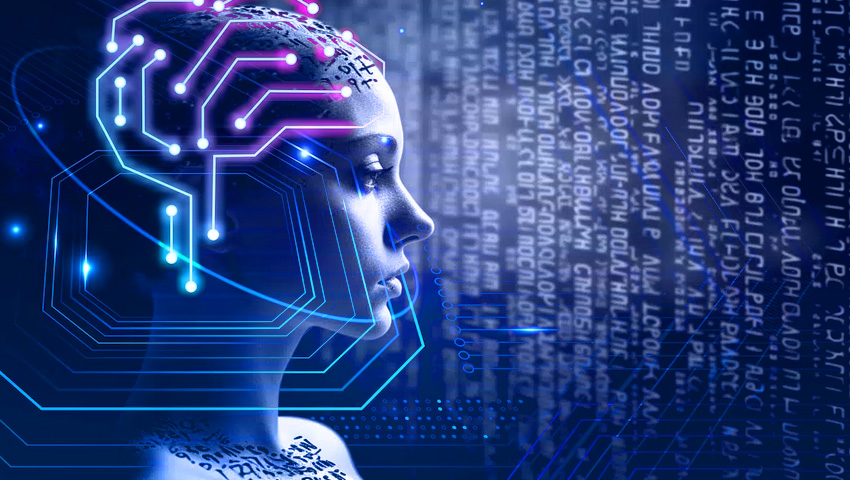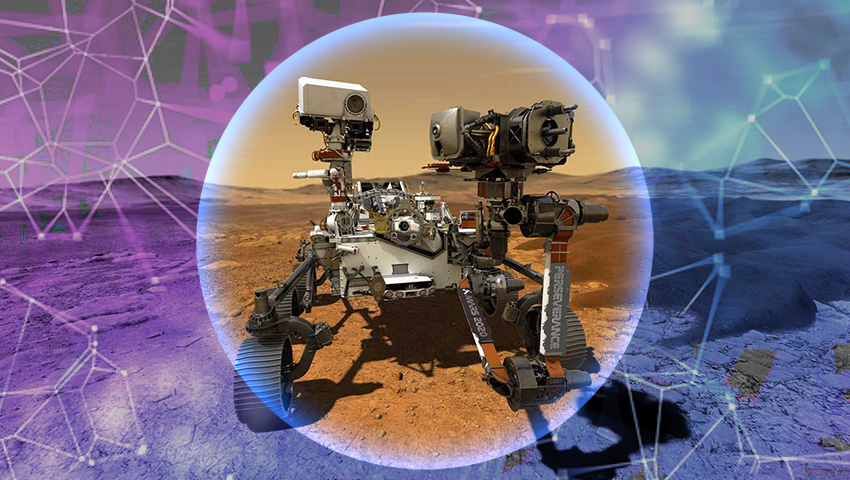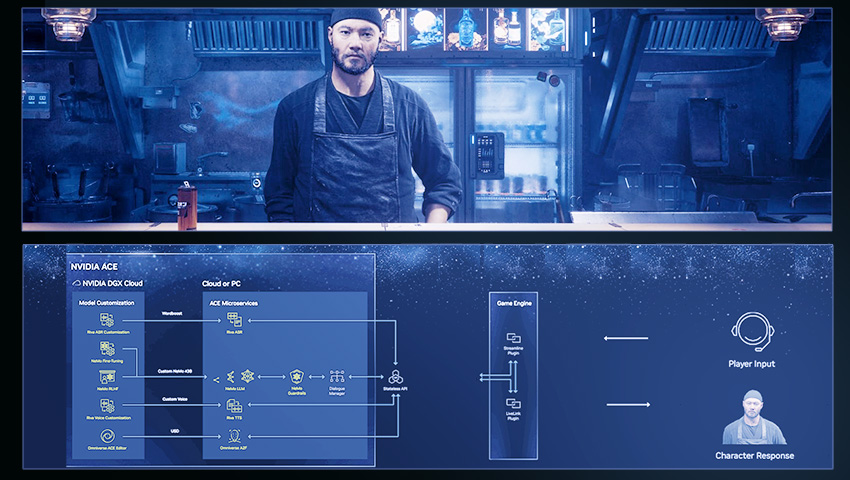Inspired by ants, researchers from the Universities of Edinburgh and Sheffield are developing an artificial neural network to help robots recognize and remember routes in complex natural environments.
TalkToModel is an innovative system for enabling open conversations with ML models. This platform allows users to not only understand, but also communicate with ML models in natural language, as well as receive explanations of their predictions and operating processes.
The new technique utilizes real-time video analysis to compute a clinical score of motor function based on specific pose patterns, reducing the need for frequent in-person evaluations and enhancing patient care.
Recent AI research centered around tree-based architectures opens new perspectives for training artificial neural networks.
Recent research reveals that despite CAPTCHAs' extensive use as a defense against automation, nowadays bots outperform humans in both speed and accuracy when it comes to solving CAPTCHAs.
SeamlessM4T breaks down language barriers with its comprehensive translation and transcription capabilities, This AI model can easily convert speech or text, enabling real-time translation, and fostering cross-cultural understanding.
The OncoNPC model's predictions offer potential for personalized treatments by pinpointing the source of challenging tumors, facilitating targeted interventions. The computational model can analyze the sequence of about 400 genes to find a previously unseen tumor.
IBM and NASA deploy an open-source geospatial AI model on Hugging Face. They aim to broaden accessibility to NASA satellite data and expedite the pace of climate-related discoveries.
New research focuses on enhancing computer vision technologies by incorporating physics-based awareness into data-driven techniques. This hybrid AI-powered computer vision empowers machinery to intelligently perceive, interact, and respond to real-time environments.
Through the groundbreaking "curious replay" method, AI agents gain the ability to self-reflect and learn from novel experiences, resulting in a substantial enhancement of their adaptability and performance.
A team at Stanford has developed Sophia, a new approach that optimizes pretraining of LLMs. Using the two key techniques, it could help researchers to train LLMs in half the time, thus reducing costs and making it affordable for small organizations and academic groups.
A groundbreaking AI system uses non-invasive methods and fMRI scanner data to translate thoughts into continuous text. With the achieved success rates in converting the content of human thoughts the semantic decoder opens up new possibilities for enhancing communication.
The European Space Agency is developing a sample retrieval system using neural networks, aiming to collect and transport samples from Mars. The challenging mission of returning samples gathered by Perseverance rover is considered crucial for unlocking the mysteries of the Red Planet.
Generative AI is revolutionizing the world of gaming by transforming virtual characters and enhancing their conversational skills. The NVIDIA Avatar Cloud Engine (ACE) for Games empowers developers to infuse intelligence into NPCs, reshaping gaming experiences and pushing the boundaries of what is possible.
Researchers are working on a more effective way to train machines for uncertain, real-world situations. A new algorithm will decide when a “student” machine should follow its teacher, and when it should learn on its own.

